hellp to plant leeks
barb_roselover_in
9 years ago
Related Stories
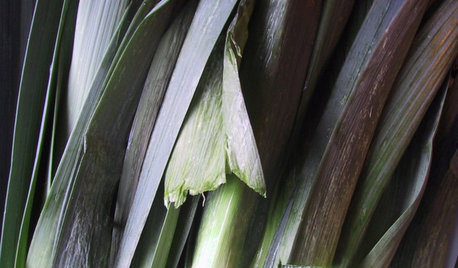
COOL-SEASON CROPSCool-Season Vegetables: How to Grow Leeks
Elegant in the garden and handy in the kitchen, onion-related leeks are worth the effort
Full Story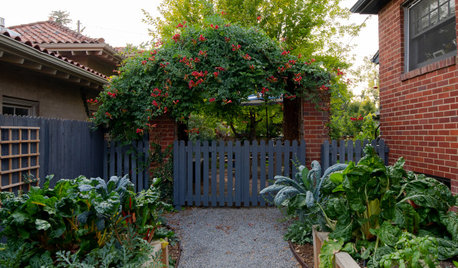
GARDENING GUIDES12 Edibles Perfect to Plant in Late Summer
Keep those homegrown vegetables and greens coming well into fall
Full Story
GARDENING GUIDES11 Favorite Edibles for Your Cool-Season Garden
Plant crunchy carrots, crisp radishes, tender peas and other vegetables for fall and spring harvests
Full Story
GARDENING GUIDES10 Easy Edibles for First-Time Gardeners
Focus on these beginner-friendly vegetables, herbs, beans and salad greens to start a home farm with little fuss
Full Story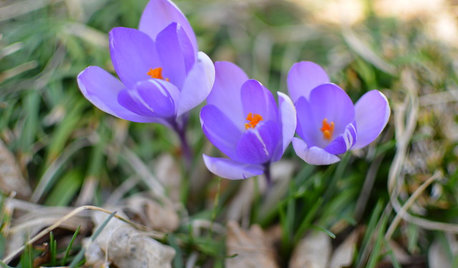
REGIONAL GARDEN GUIDESMid-Atlantic Gardener's March Checklist
Hunt for new growth in the garden but play the protector for baby plants and birds flying home to nest
Full Story
FRONT YARD IDEAS10 Ideas for a Front-Yard Edible Garden Your Neighbors Will Love
Choosing attractive, well-mannered plants and sharing the bounty will go a long way toward keeping the peace
Full Story
MOST POPULARHow to Start a Cool-Season Vegetable Garden
Late summer and late winter are good times to plan and plant cool-season crops like salad greens, spinach, beets, carrots and peas
Full Story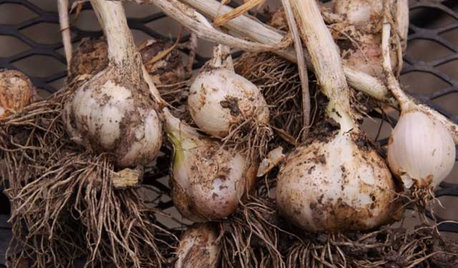
COOL-SEASON CROPSCool-Season Vegetables: How to Grow Garlic
Beloved in a wide range of dishes the world over, garlic thrives in a fall garden and is easy to grow
Full Story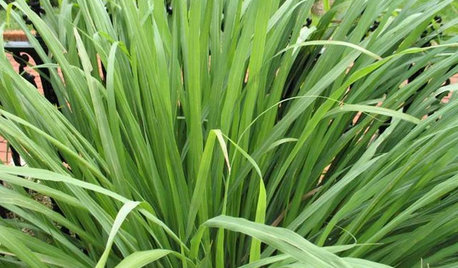
HERBSHerb Garden Essentials: Grow Your Own Zesty Lemongrass
Add lemony goodness to cooking and tropical flavor to your yard with this grass-like herb native to Southeast Asia
Full Story
EDIBLE GARDENSHow to Grow Your Own Sweet Summer Crops
This guide will help any gardener get started on growing the freshest warm-season veggies and berries for summer
Full Story





seysonn
barb_roselover_inOriginal Author
Related Professionals
Panama City Landscape Architects & Landscape Designers · Allentown Landscape Contractors · Aurora Landscape Contractors · Burlington Landscape Contractors · Canton Landscape Contractors · Brooklyn Park Landscape Contractors · Cincinnati Landscape Contractors · Plainview Landscape Contractors · Ronkonkoma Landscape Contractors · Saint John Landscape Contractors · West Orange Landscape Contractors · Gages Lake Driveway Installation & Maintenance · Grand Rapids Driveway Installation & Maintenance · Milpitas Driveway Installation & Maintenance · Thornton Driveway Installation & Maintenancenoki
laceyvail 6A, WV
NHBabs z4b-5a NH
seysonn
Mark
Mark
shuffles_gw
elisa_z5
ltilton